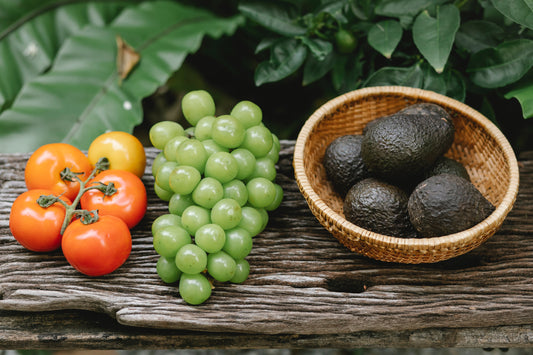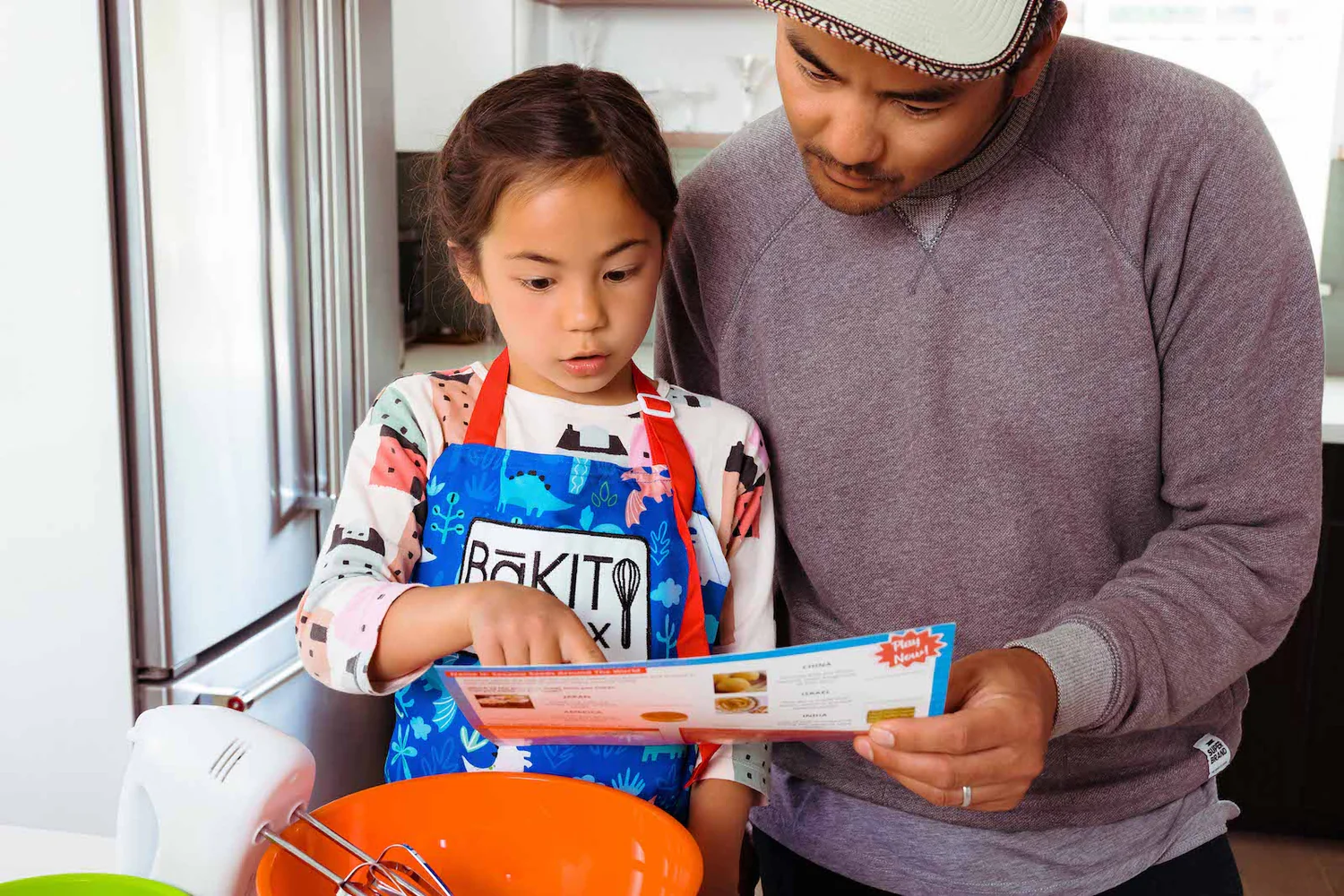There’s an old saying that goes “When life gives you lemons, make lemonade.” And even though lemonade is refreshing and tasty, we think you’ll win over a lot of hearts and taste buds if you serve people baking recipes with a zest of lemon flavor.
There are several types of popular baking and cooking recipes that really pack a punch and will delight hungry friends, family, loved ones, or patrons that enjoy the lip-smacking sensations that come with a zesty-lemon flavor.
In this article, the team from BāKIT Box share a few approaches for zesting a lemon.
What is lemon zest?
Lemon zest is the finely chopped or grated outside (the yellow lemon skin) of the lemon peel. The lemon zest has an intense flavor and is often used in baking or cooking recipes.
When zesting a lemon, you want to only capture the flavor from the yellow lemon peel. Should you also get the lemon pith (which is the white part of the lemon peel that protects the fruit), then your zest will have a bitter flavor in it.
Waxed vs. unwaxed lemons
When selecting lemons for your zest, you need to be aware of the lemons that have a wax coating on them. This is because the wax, which is applied to improve the aesthetic appeal of your lemons and help preserve the fruit’s freshness, can affect the flavor of your lemon zest.
Try to pick unwaxed lemons to create your lemon zest. If you do pick lemons that have a wax coating on them, you can de-wax them by doing the following.
- Boil water to wash your lemons.
- Place the lemons into a colander.
- Pour the hot water over the lemons.
- Take a vegetable brush and scrub the skin of the lemons to remove the wax before zesting.
- Dry the lemons properly before zesting them.
How to zest a lemon?
We have listed a few different ways you can zest your lemons.
Zest a lemon with a microplane
A microplane is a specific tool for zesting citrus fruit. Zesting a lemon with a microplane will give you finely-grated lemon zest, which should provide a more pungent flavor.
How can you zest a lemon with a microplane?
- Hold the microplane in one hand.
- Hold the lemon in the other hand.
- Scrape the surface of the lemon with the microplane.
- Make sure that you don’t scrape beyond the skin and get the pith. (The white skin of the lemon)
- Zest the lemon until all of the lemon peel is removed.
Please be aware of where your fingers and hands are while you are zesting to avoid getting any injuries or cuts while you are zesting your lemons.
Zest a lemon with a citrus zester
A citrus zester is a specific tool that will give you longer strands of lemon zest. You will still get a strong flavor, but it should be less intense compared to the fine lemon zest that you would get from a microplane.
How can you zest your lemons with a citrus zester?
- Get your citrus zester and place the holes along the surface of the lemon peel.
- Scrape the surface of the lemon peel with the citrus zester. Be careful not to go too deep to get the lemon pith.
- Scrape the surface of the lemon peel until all of the lemon peel is removed.
Zest a lemon with a cheese grater
Cheese graters are usually in most people's kitchens already, which saves you buying more equipment.
For zesting a lemon, you want to use the smallest grating holes on your grater so that you can get the most flavor.
How can you zest your lemons with a cheese grater?
- Place the surface of the lemon against the small holes of the cheese grater.
- Grate the surface lightly and only take the lemon zest. Do not grate down to the pith or the fruit.
- Rotate the lemon as you are grating until all of the lemon zest is removed.
Zest a lemon with a vegetable (potato) peeler
This is another tool that is already in most kitchens. You can skin the lemon peel with a peeler and then chop up the peel to create lemon zest. The flavor will be different compared to the other zesting methods that have been provided.
How can you zest a lemon with a vegetable (potato) peeler?
- Put the sharp edges of the peeler on the surface of the lemon peel.
- Peel the lemon skin gently. Focus only on peeling the yellow part of the lemon skin. If you are getting the white part of the lemon, you are peeling too deeply.
- Peel all of the lemon until only the white part (lemon pith) remains on the surface.
- Finely chop the lemon peels with a knife to create the lemon zest.
How much zest is in one lemon?
You should be able to get approximately 5g (1 tablespoon) of lemon zest from a medium-sized lemon.
How can you store lemon zest?
You can freeze your fresh lemon zest in a small container for up to 6 months. Alternatively, you can store it in a vacuum sealed bag and place it in the freezer. This will help to slow down the oxidation process, which should help preserve the lemon zest for longer.
What are some of the nutrition facts about lemon zest?
Below is a nutritional table that shares some additional macronutrient information about lemon zest.
| Ingredients |
Calories |
Protein |
Carbohydrates |
Fats |
| Lemon zest |
3 |
0.1g |
1g |
1g |
Try out your lemon zesting skills with this recipe from BāKIT Box.
Now that you know how to zest a lemon, see how well you can apply these skills with this
Persian Love Cake baking recipe. We’re confident that once you’ve finished zesting your lemons and you’ve finished baking; the zest aroma will fill the air and will have people asking for a slice or two.
Try it out today!
Featured Image Credit: Photo by
Deva Williamson on
Unsplash






